Ornamental and Decorative Repertoire in the Murals of Kizil
The book in hand is a slightly revised version of a PhD thesis submitted at the University of Leipzig under the title “Analysis of the Ornaments and Decorations in Murals of the Buddhist Site of Kizil and their Indian and Western Influences.” It includes a comprehensive study of the decorative repertoire of the murals of Kizil in the Kucha region on the Northern Silk Road.
This work focuses on the analysis of the friezes and ornamental fields that divide and frame narrative scenes and underline the various architectural elements of the caves. The analysis attempts to shed light on an aspect of art that is often considered secondary and has therefore been understudied to date. The core of the work is a typological classification of all decorative motifs found in the Buddhist caves in Kizil; their classification is accompanied by a comparative study of a selection of motifs that traces the strong links of Kizil’s decorative art with that of the Iranian and Indian worlds. The study demonstrates that imported motifs were subjected to a process of thorough revision in order to incorporate them in the local repertoire. Moreover, the classification and systematic analysis of the corpus of motifs have also made it possible to show that the division of the murals at Kizil into two Indo-Iranian Styles – proposed by German scholars already in the early 20th century – is also reflected in the decorative art at the site.
The book is illustrated with 19 plates (14 b/w, five coloured), 174 drawings (most of them made by the author) and 106 figures (colour and historical b/w photographs). The book also contains a catalogue consisting of 136 entries which summarise the key information on the ornamental motifs constituting the decorative repertoire of Kizil.
Get it now and save 10%
BECOME A MEMBER

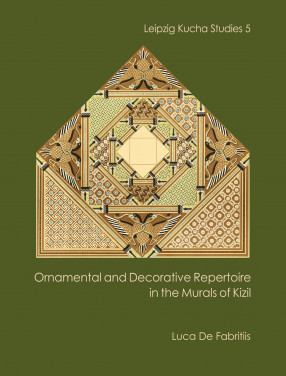
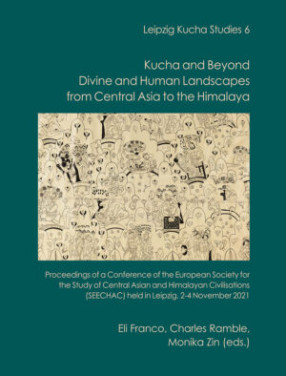
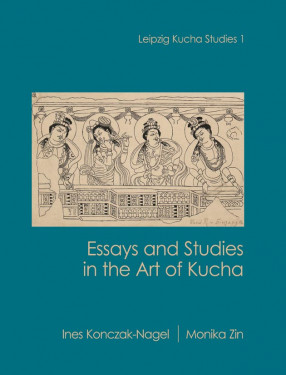
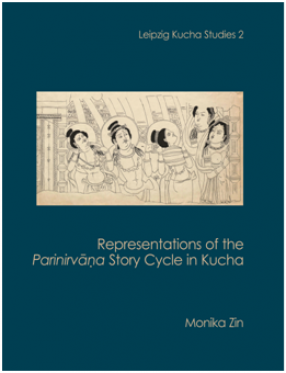

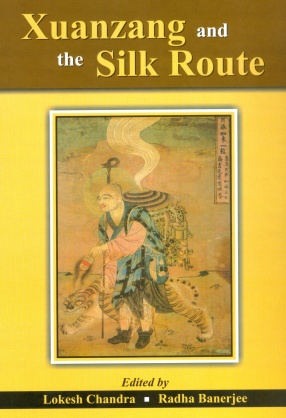
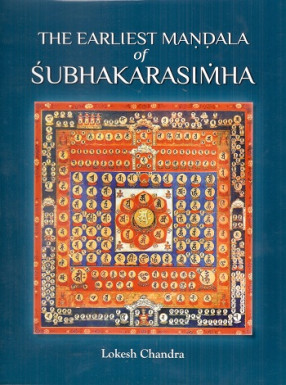
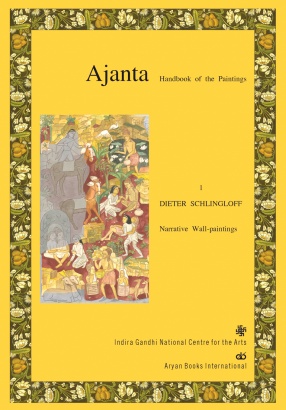
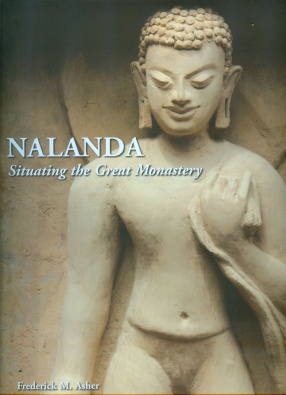

Bibliographic information